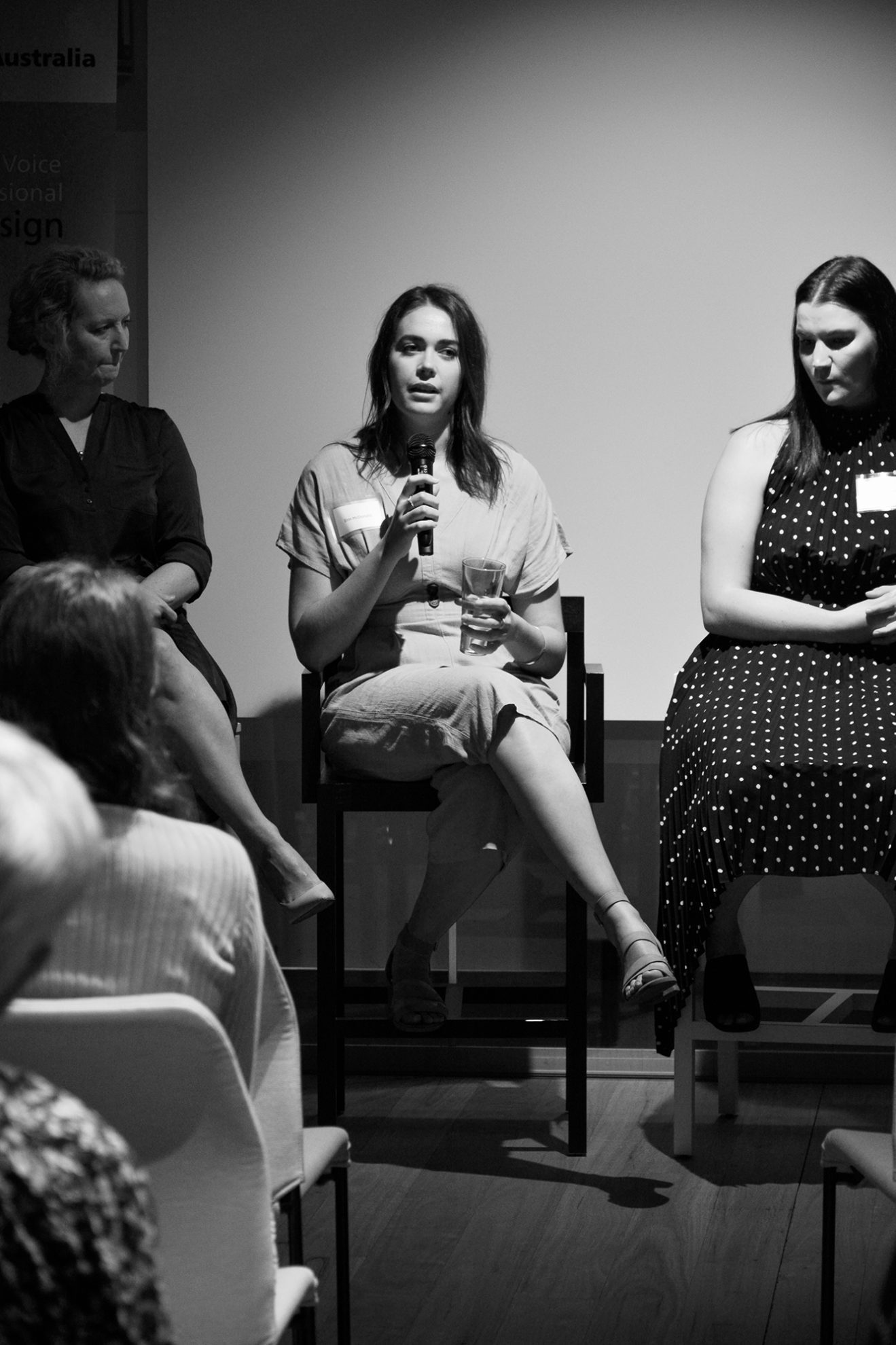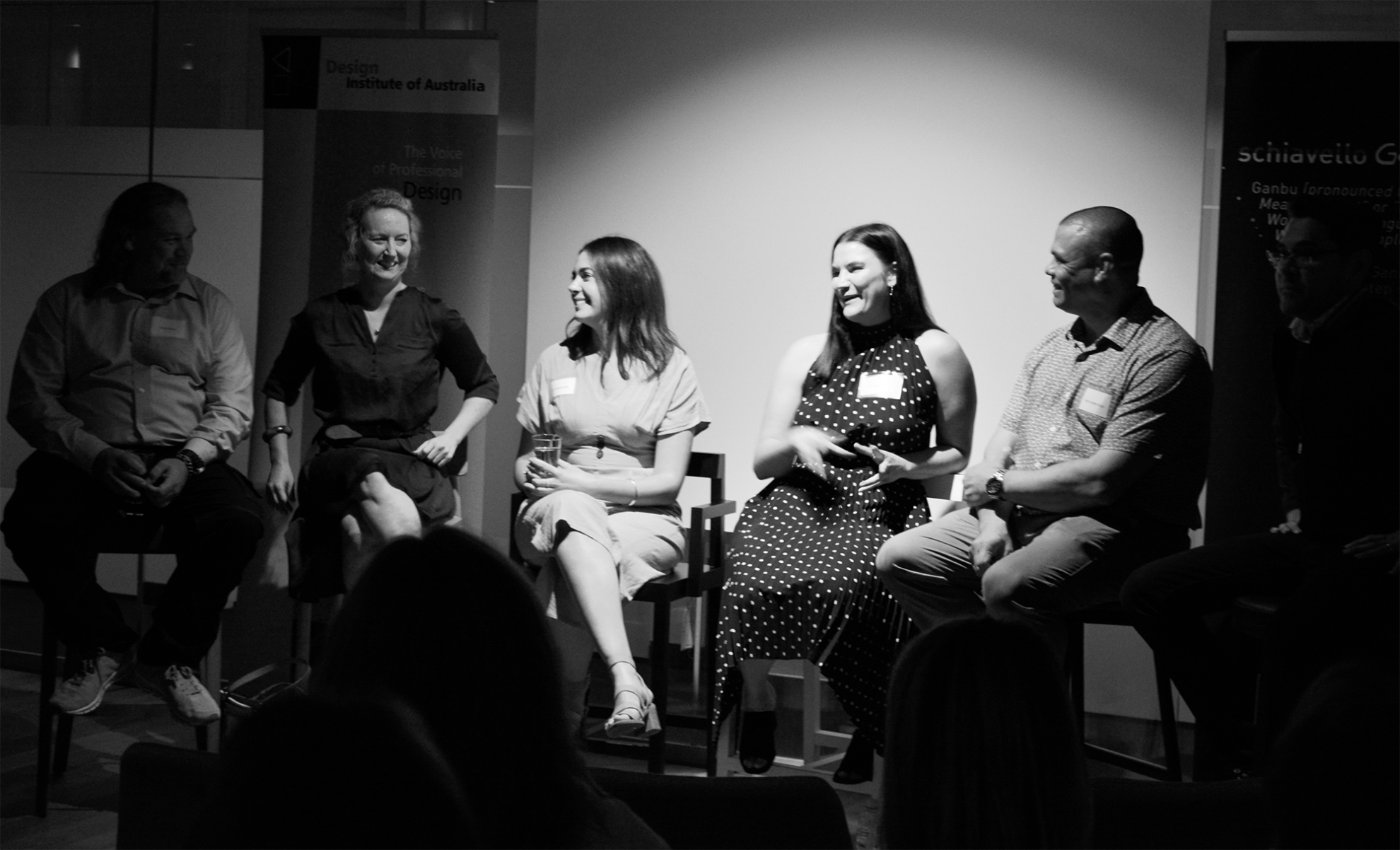COX VOX: Cultural Inclusivity in Design with Erin McDonald
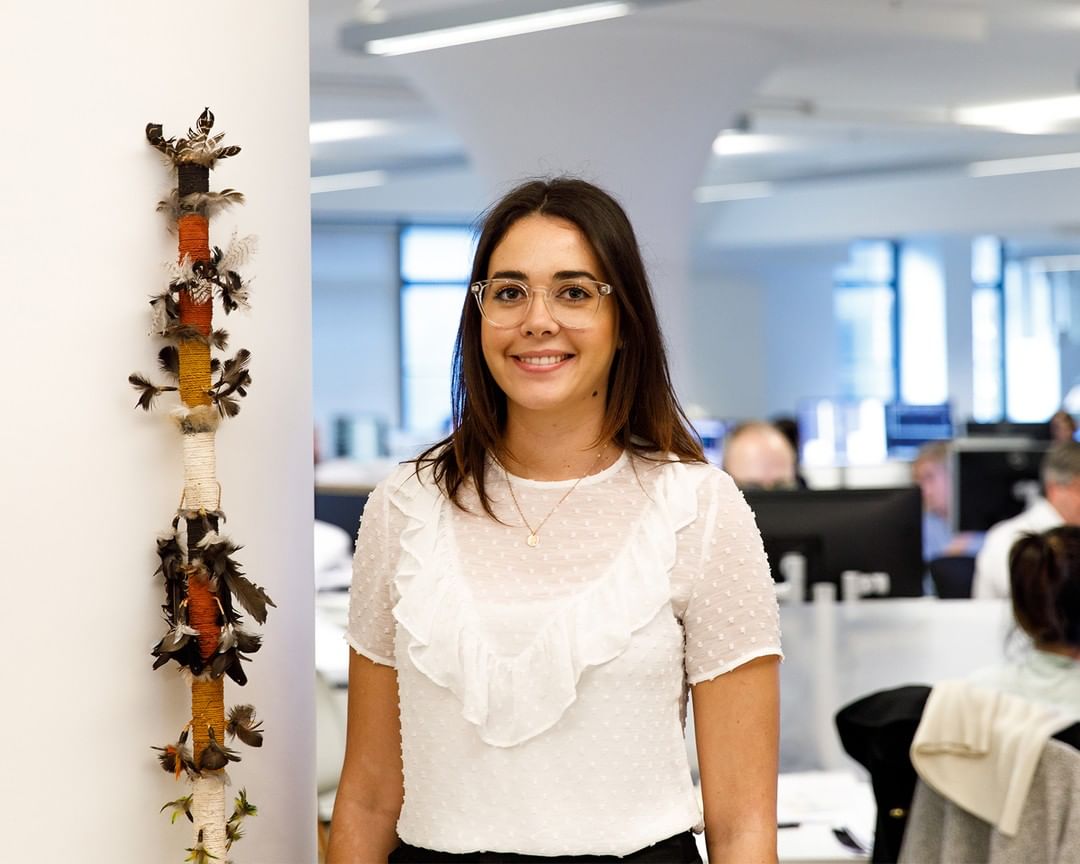
In Australia, mainstream design, planning and management of places has historically isolated Aboriginal and Torres Strait Islander design and designers. This lack of cultural recognition in the built environment leaves many First Nations Peoples with a reduced sense of belonging, restricted feelings of security and ultimately a lack of inclusivity.
But, as First Nations Peoples’ influence is being heard and celebrated, with their enduring connection to the land better understood – design industries are starting to change.
Erin McDonald is an Interior Designer with COX. A recent graduate, Erin began her career at COX in 2018 through CareerTrackers Indigenous Internship Program – a non-profit organisation that creates career opportunities for Indigenous students.
Erin is a proud Mandandanji woman from Roma, Western QLD. Her Indigenous culture is strongly embedded into the way she thinks about and practices design.
Throughout her studies Erin has become affiliated with Career Trackers, a national non-profit organisation creating internship opportunities for Indigenous students. She has been involved with DIA QLD since 2017 and is currently a Council Member of the QLD branch where she is developing her skills in innovative design.
Recently, Erin partook in a Conversation Series held by Queensland’s DIA branch, exploring cultural inclusivity in design and what design industries can do to recognise and engage with Aboriginal and Torres Strait Islander People.
On the back of what Erin explained as an ‘incredible night and conversation,’ we asked what cultural inclusivity means to her, and what still needs to change.
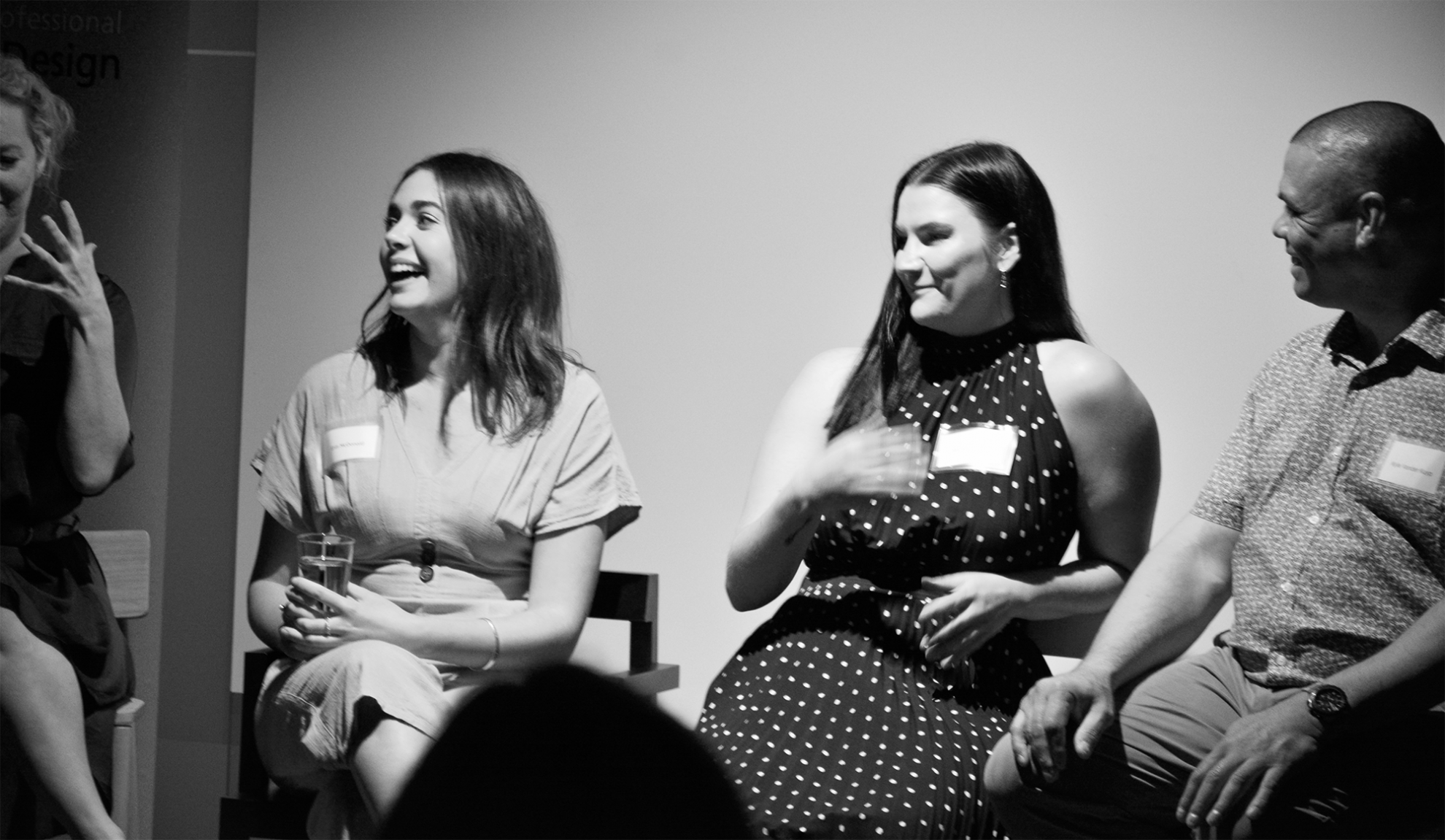
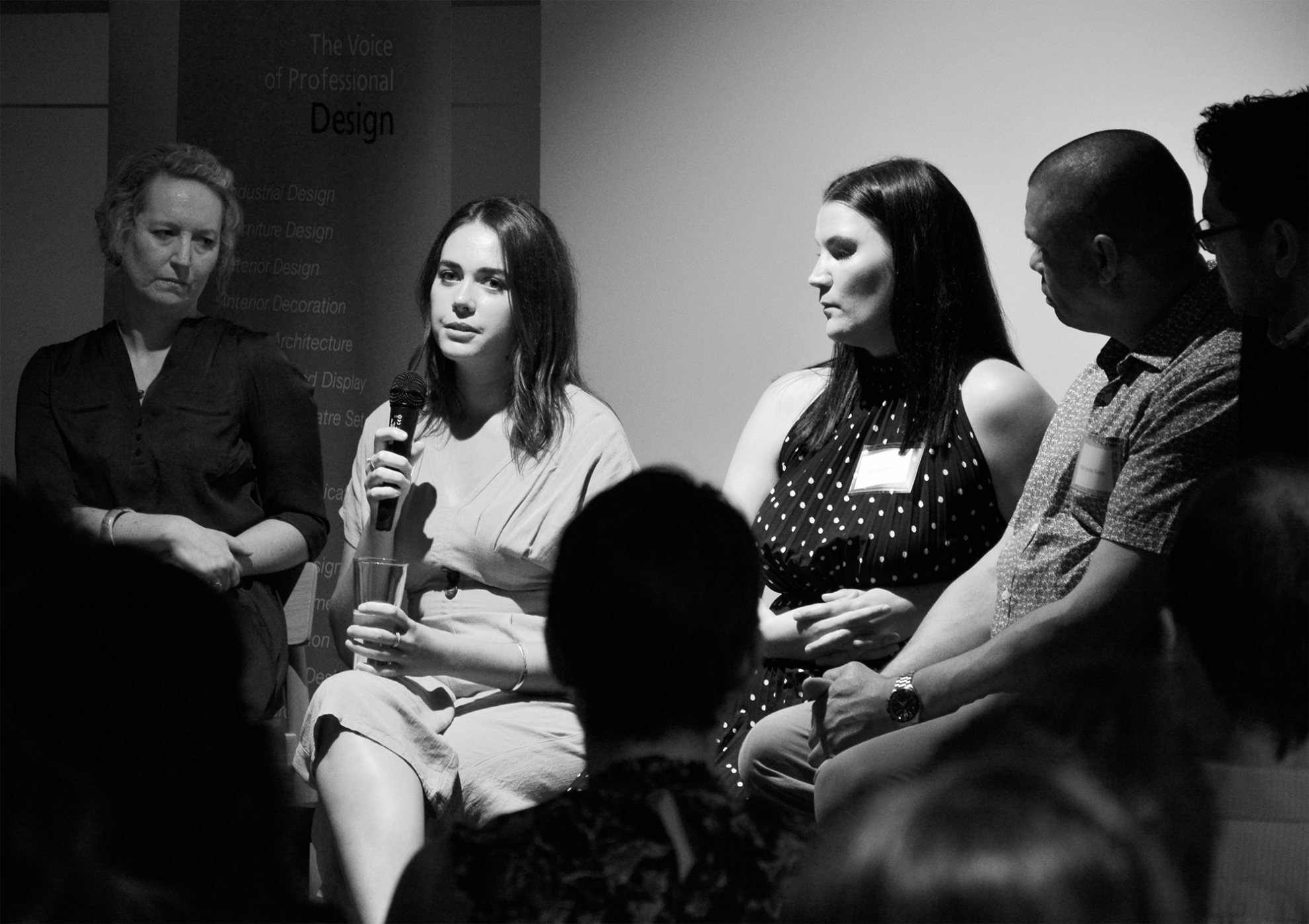
When we talk about cultural inclusivity in design – what does that involve?
Cultural inclusivity in design is the continuous involvement of Indigenous culture from the beginning – with active engagement and approaches throughout each process and phase.
How can non-indigenous designers engage indigenous design perspectives in their projects?
The way forward would be exploring different approaches to creative participation and active community engagement – empowering Indigenous communities through design projects. Culturally inclusive communication between non-Indigenous and Indigenous people within Australia is key. Local community participation and knowledge should be shared throughout the design process.
Taking the time to resource reputable knowledge and information is crucial. This is easier than a lot of people think… for example, the DIA has the Australian Indigenous Design Charter available on their website, which are the protocols for sharing indigenous design knowledge in communication design practice.
Above all, reach out to the Indigenous communities you are engaging to design within, search for the local mobs, elders and local artists and engage their knowledge and perspectives.
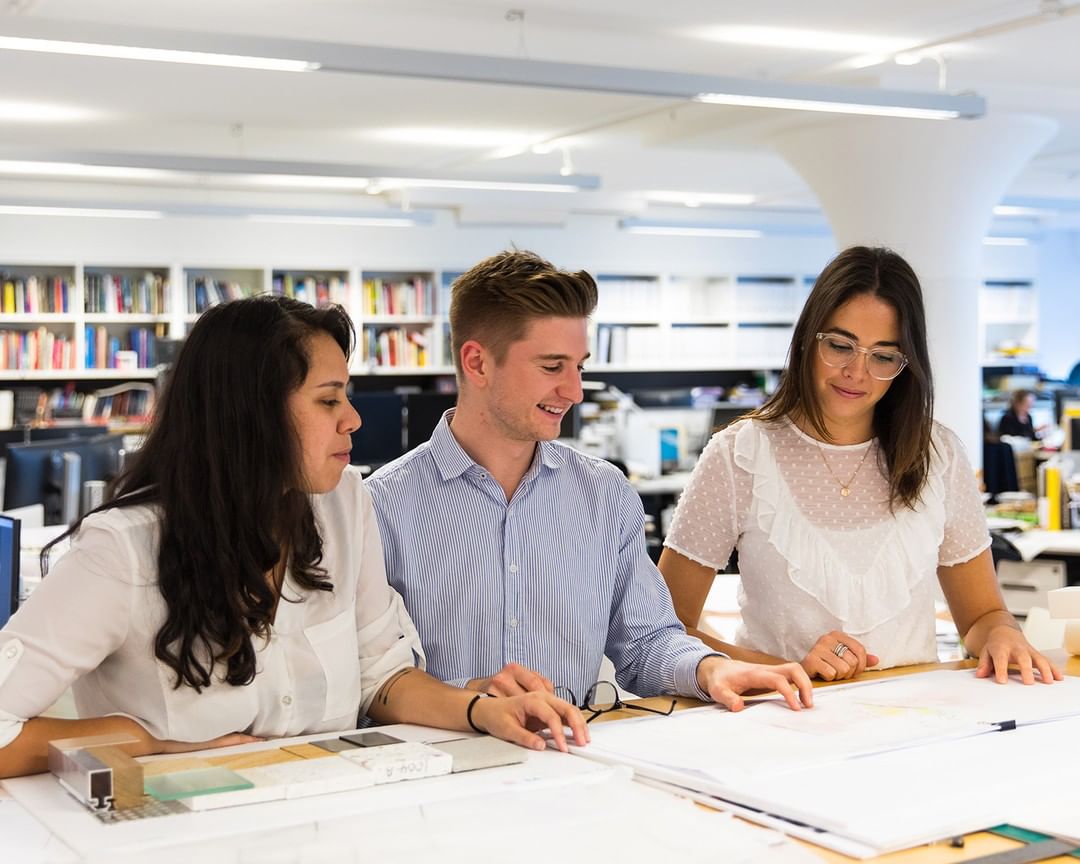
What attitudes need to change in design realms to respect Indigenous culture?
Indigenous inclusivity in design is currently shown as an afterthought, perhaps to tick certain boxes. Culture and history are scarce, however incredibly precious and unique to this country. Indigenous culture in mainstream cities has eluded to a false perception. The reality only exists in remote communities where the enormous challenges and traditional culture remains unaware.
It is important to truly understand the depth and history of Indigenous culture, and once you have, translate it into co-design involvement and inclusive design practices. We as designers have the power to empower and create a shift towards culturally inclusive communication and design outcomes. Making the connection and actively engaging Indigenous communities can reshape the built environment with respect to our precious country for future generations.
Throughout your time as a student and student designer, have you been involved in any examples of cultural inclusivity in design? Can you tell us about them?
Of course – the DIA Inclusivity in Design Conversation series was a great example. This started the conversation that everyone is afraid to have. Many people I talk to are scared to ask in case they say the wrong thing. But how will we ever know if we don’t ask and have open conversations?
The second occasion was when I did my internship in the COX Sydney office. I was there for NAIDOC week and, along with two other interns, got to takeover COX’s Instagram, celebrating our culture and exploring the city while communicating it to our following. To us this meant more than you could imagine. I encourage more practices to celebrate culture and inclusivity through their workplace, for the people are what make the workplace.
